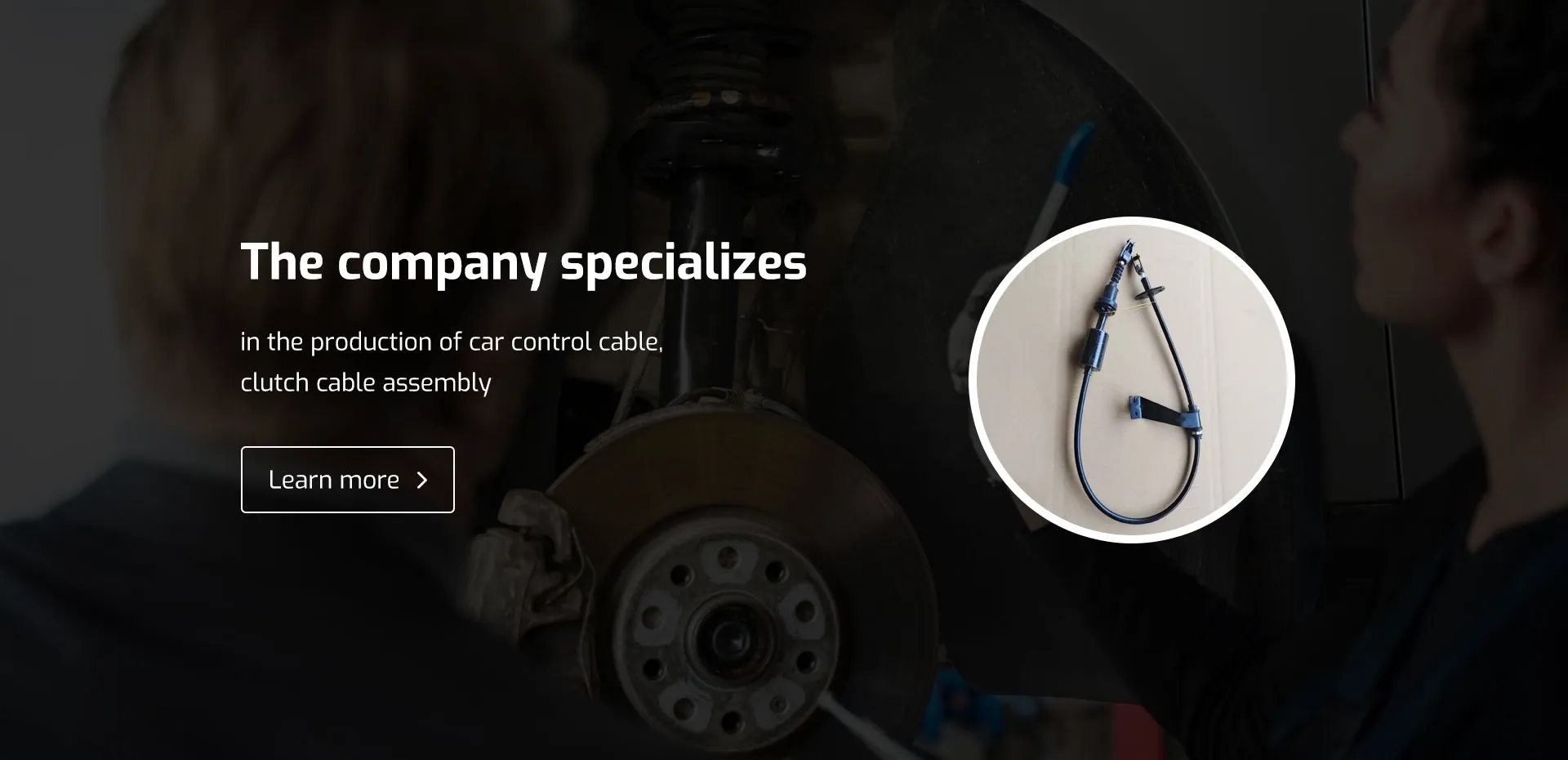Optimizing Performance with Throttle Body Cable Adjustments for Enhanced Vehicle Response
Understanding Throttle Body Cable Its Role and Importance in Automotive Systems
The throttle body cable plays a crucial role in the functioning of modern automotive systems, particularly in vehicles equipped with traditional throttle control mechanisms. This vital component acts as the link between the accelerator pedal and the engine's throttle body, regulating the airflow entering the engine and, consequently, dictating the vehicle’s speed and performance.
At its core, the throttle body is an essential component of an internal combustion engine, responsible for controlling the amount of air that flows into the engine’s cylinders. This airflow directly affects engine power output and efficiency. The throttle body cable connects the accelerator pedal to the throttle body, allowing the driver to control the engine's power by simply pressing the gas pedal. When the pedal is depressed, the cable pulls on the throttle linkage, opening the throttle plate and permitting more air to enter the engine. Conversely, when the pedal is released, the throttle plate closes, reducing airflow and consequently engine power.
Historically, vehicles used a mechanical throttle body cable to facilitate this connection. This cable was adjustable, allowing for some degree of customization in how sensitive the vehicle's throttle response was to pedal input. Drivers could adjust the tension and length of the cable, modifying their driving experience according to their preferences. However, with advancements in automotive technology, many modern vehicles have moved towards electronic throttle control (ETC) systems, which do not rely on a physical cable. Instead, they utilize sensors and actuators to mimic the function of the cable, enhancing precision and enabling features like cruise control and traction control.
throttle body cable

Despite the rise of electronic systems, understanding the throttle body cable remains relevant, especially when discussing older vehicles and those who prefer mechanical control. A well-maintained throttle body cable is crucial for smooth vehicle operation. If this cable becomes frayed, stuck, or stretches over time, it can lead to erratic throttle response, impacting drivability and safety. For instance, if the cable is too loose, it may result in delayed engine response, while a cable that is too tight might cause unintended acceleration.
Regular maintenance checks should include inspecting the throttle body cable for any signs of wear and tear. Drivers should look for fraying, tearing, or stiff movement. Lubricating the cable can help maintain its function and increase its lifespan. Additionally, it’s important to ensure that the attachment points at both the accelerator pedal and throttle body are secure and free of dirt or corrosion.
In terms of replacement, if a throttle body cable is found to be defective, it’s important to replace it promptly. This process typically involves disconnecting the old cable from both the throttle body and accelerator pedal before installing a new one, ensuring all connections are secure to avoid future problems.
In conclusion, while the use of traditional throttle body cables is decreasing with the rise of electronic throttle control systems, understanding their function and maintenance remains important for many drivers, especially those with older vehicles. The throttle body cable is a fundamental aspect of an efficient and responsive driving experience, connecting a driver’s intent with the car’s performance. Ensuring the proper function of this component can significantly enhance vehicle handling, safety, and overall enjoyment of the driving experience.
-
Upgrade Your Control with Premium Throttle CablesNewsAug.08,2025
-
Stay in Control with Premium Hand Brake CablesNewsAug.08,2025
-
Experience Unmatched Performance with Our Clutch HosesNewsAug.08,2025
-
Ensure Safety and Reliability with Premium Handbrake CablesNewsAug.08,2025
-
Enhance Your Vehicle with High-Performance Clutch LinesNewsAug.08,2025
-
Elevate Your Ride with Premium Gear CablesNewsAug.08,2025
